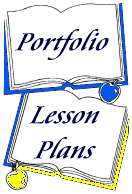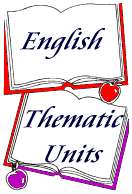![]()
|

Form and Structure Classes
When the structural linguists went about identifying the word categories of English, they did so by examining the language as it is actually used, by reading personal letters and listening to phone conversations. They looked at the words themselves, at their forms, their meanings, and their functions in the sentence, and then established two main categories: the form classes and the structure classes. To understand the difference between these two groups, imagine hearing someone say to you, "Boy needs drink water." Your first response would probably be to recognize the person as a nonnative speaker of English. By adding extra words wouldn't change the effect of the message, but they would provide a certain kind of meaning. Those extra words are structure classes.
Form Classes
These are the large, open classes of words that provide the lexical content
of the language: nouns, verbs, adjectives, and adverbs. Each has characteristic
derivational and inflectional morphemes that distinguish its forms.
These are the small, closed classes of words that explain the grammatical or structural relationships of the form classes.
More Help
If you are not sure which is which, try one of these links.




